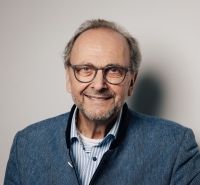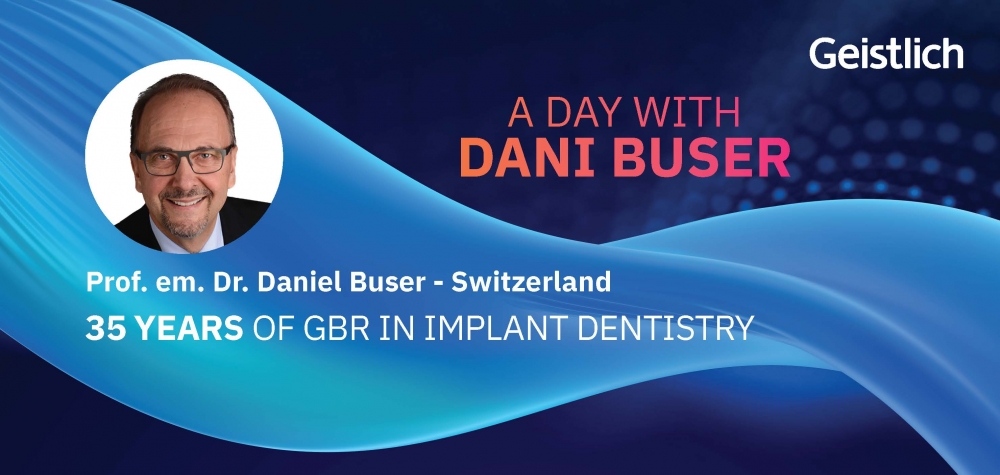Surgical key factors to achieve successful outcomes with good long-term stability
Sydney, AUSTRALIA
THIS EVENT HAS CONCLUDED
From: 8:30 AM Saturday, 12 April, 2025
Registration opens at 8:00 AM
To: 4:30 PM Saturday, 12 April, 2025
TOTAL CPD AVAILABLE FOR THIS EVENT: 6 HOURS
6 CPD HOURS
This event includes information on the following topics:
The intended audience for this event includes:
A Day with Dani Buser: 35 Years of GBR – Surgical key-factors for successful outcomes with excellent long-term stability
Prof. em. Dr. Daniel Buser, Bern/Switzerland
In this 1-Day Seminar, Prof. Buser will present all aspects of GBR, based on 35+ years of surgical experience. In addition, the three treatment options of post-extraction implant placement will be discussed including (a) the concept of immediate implant placement with a flapless approach, computer-assisted implant surgery (CAIS), internal grafting and immediate restoration, (b) the concept of early implant placement with GBR 4 to 8 weeks post extraction and spontaneous socket healing, and (c) the concept of socket grafting post extraction for alveolar ridge preservation (ARP) followed by a delayed implant placement after 4 to 6 months, most often flapless and computer-assisted.
The GBR technique was initiated at the University of Bern in 1988 with the first GBR procedure. The first 10 years represent the development phase of the GBR technique, which turned into a routine application following the millennium change with many fine-tuning efforts, most of them based on a much better understanding of the involved tissue biology. This Bernese GBR Technique will be demonstrated for single tooth gaps and extended edentulous spaces in the maxilla and in the mandible, including patient outcomes with long-term documentation and results of numerous studies with 10 years of follow-up.
Learning objectives
- Participants will learn about the surgical key factors for successful outcomes of dental implants with good long-term stability
- A much better understanding on tissue biology
- Understanding the selection criteria for using one of the three treatment options in post-extraction implant placement
- How to use Immediate Implant Placement with a flapless approach and CAIS
- Understanding how Early Implant Placement is done using the synergistic properties of a 2-layer composite graft with autogenous bone chips and a low-substitution bone filler like DBBM
- Why resorbable, non-crosslinked collagen membranes are preferred for horizontal bone augmentation with GBR
- Understanding the value of socket grafting for ARP followed by delayed implant placement

A/Prof Daniel Buser
DDS
Prof. em. Dr. Daniel Buser, Bern/Switzerland
Dr. Daniel Buser is one of the most experienced international implant surgeons with more than 35 years of surgical experience, and he is one ...
Cancellation Policy
A $50 processing fee applies to all registration cancellations. A refund (minus the processing fee) will be given for cancellations made at least 4 weeks prior to the event in question. A 50% refund (minus the processing fee) will be given for cancellations of up to 2 weeks prior to the event. No refund will be given for cancellations made with less than two weeks’ notice. Please see www.geistlich.com.au for full Term & Conditions (geistlich.com.au)
Seminar
THIS RATE APPLIES TO: Dentists
PLACES REMAINING: 3
- Full Program
- AUD 1195.00
- Including 10% GST
- Early Bird Discount
- Less AUD 300.00
- Expired













